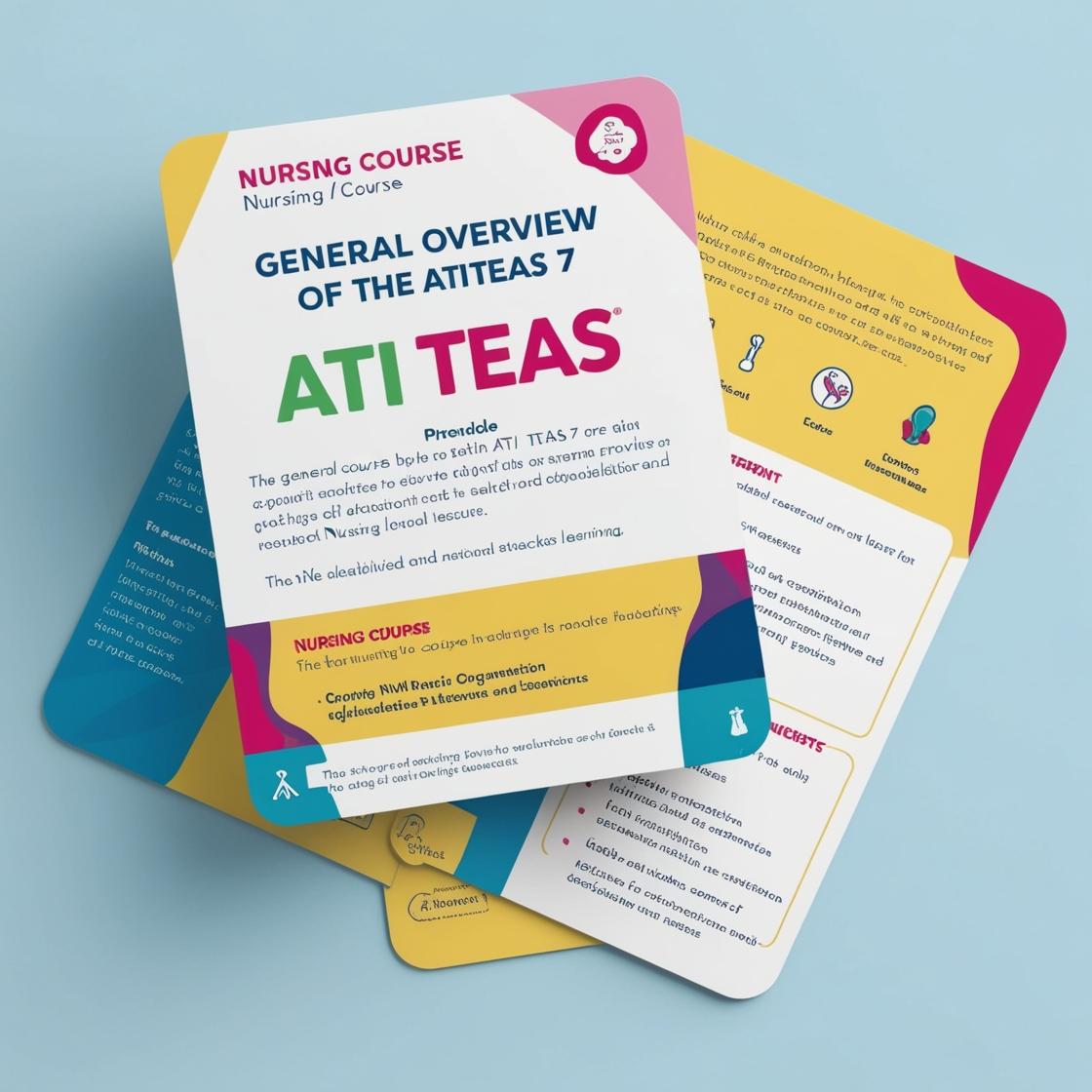ATI TEAS 7
Practice Math TEAS TEST
1. If the width of a rectangle is 4 inches (in) and the area of the rectangle is 32 in², what is the length of the rectangle?
- A. 8 in
- B. 28 in
- C. 36 in
- D. 128 in
Correct answer: A
Rationale: To find the length of the rectangle, we use the formula: Length = Area / Width. Substituting the values given, Length = 32 in² / 4 in = 8 in. Therefore, the correct answer is A. Choice B (28 in), Choice C (36 in), and Choice D (128 in) are incorrect because they do not correctly calculate the length based on the given width and area of the rectangle.
2. Which of the following options correctly orders the numbers below from least to greatest? 235.971, 145.884, -271.906, -193.823
- A. -271.906, -193.823, 145.884, 235.971
- B. -271.906, 235.971, -193.823, 145.884
- C. 145.884, -193.823, 235.971, -271.906
- D. -193.823, -271.906, 145.884, 235.971
Correct answer: A
Rationale: To correctly order the numbers from least to greatest, we start with the smallest number, which is -271.906, followed by -193.823, 145.884, and finally 235.971. Therefore, the correct order is -271.906, -193.823, 145.884, 235.971. Choice A is correct. Choice B is incorrect as it incorrectly places 235.971 before -193.823. Choice C is incorrect as it starts with the largest number, 145.884. Choice D is incorrect as it starts with -193.823, which is not the smallest number in the list.
3. A teacher asked all the students in the class which days of the week they get up after 8 a.m. Which of the following is the best way to display the frequency for each day of the week?
- A. Histogram
- B. Pie chart
- C. Bar graph
- D. Scatter plot
Correct answer: A
Rationale: A histogram is the best way to display the frequency for each day of the week in this scenario. Histograms are ideal for showing the distribution of numerical data by dividing it into intervals and representing the frequency of each interval with bars. In this case, each day of the week can be represented as a category with the frequency of students getting up after 8 a.m. displayed on the vertical axis. Choice B, a pie chart, would not be suitable for this scenario as it is more appropriate for showing parts of a whole, not frequency distributions. Choice C, a bar graph, could potentially work but is more commonly used to compare different categories rather than displaying frequency distribution data. Choice D, a scatter plot, is used to show the relationship between two variables and is not the best choice for displaying frequency for each day of the week.
4. How do you convert Fahrenheit to Celsius and Celsius to Fahrenheit?
- A. Fahrenheit to Celsius: Subtract 32, then divide by 1.8; Celsius to Fahrenheit: Multiply by 1.8, then add 32
- B. Fahrenheit to Celsius: Subtract 32, then divide by 2; Celsius to Fahrenheit: Multiply by 1.8, then add 20
- C. Fahrenheit to Celsius: Multiply by 2, then add 32; Celsius to Fahrenheit: Subtract 32, then divide by 1.8
- D. Fahrenheit to Celsius: Subtract 30, then divide by 1.8; Celsius to Fahrenheit: Multiply by 2, then add 32
Correct answer: A
Rationale: To convert Fahrenheit to Celsius, you start by subtracting 32 from the Fahrenheit temperature and then divide the result by 1.8. This formula accounts for the freezing point of water at 32°F and the conversion factor to Celsius. To convert Celsius to Fahrenheit, you multiply the Celsius temperature by 1.8 and then add 32. This process takes into consideration the conversion factor from Celsius to Fahrenheit and the freezing point of water. Choice B is incorrect as dividing by 2 instead of 1.8 would yield an inaccurate conversion. Choice C is incorrect as it involves incorrect operations for both conversions. Choice D is incorrect as subtracting 30 instead of 32 for Fahrenheit to Celsius and multiplying by 2 instead of 1.8 for Celsius to Fahrenheit would provide incorrect results.
5. The force applied is directly proportional to the stretch of a coil. If a force of 132 Newtons stretches a coil 0.07 meters, what force would be needed to stretch a coil 0.1 meter? Round your answer to the nearest tenth.
- A. 92.4 Newtons
- B. 1885.7 Newtons
- C. 188.6 Newtons
- D. 136.0 Newtons
Correct answer: C
Rationale: To find the force needed to stretch the coil 0.1 meters, we can set up a proportion based on the given information. The initial force and stretch are in direct proportion, so we can use this relationship to determine the unknown force. (132 N / 0.07 m) = X / 0.1 m. Cross-multiplying, we get 132 N * 0.1 m / 0.07 m = 188.57 N, which rounds to 188.6 N. Therefore, the correct answer is 188.6 Newtons. Choice A is incorrect as it does not match the calculated answer. Choice B is significantly higher and does not align with the proportional relationship. Choice D is close but does not account for the correct rounding as specified in the question.
Similar Questions

Access More Features
ATI TEAS Premium Plus
$149.99/ 90 days
- Actual ATI TEAS 7 Questions
- 3,000 questions with answers
- 90 days access
ATI TEAS Basic
$99/ 30 days
- 3,000 Questions with answers
- 30 days access
